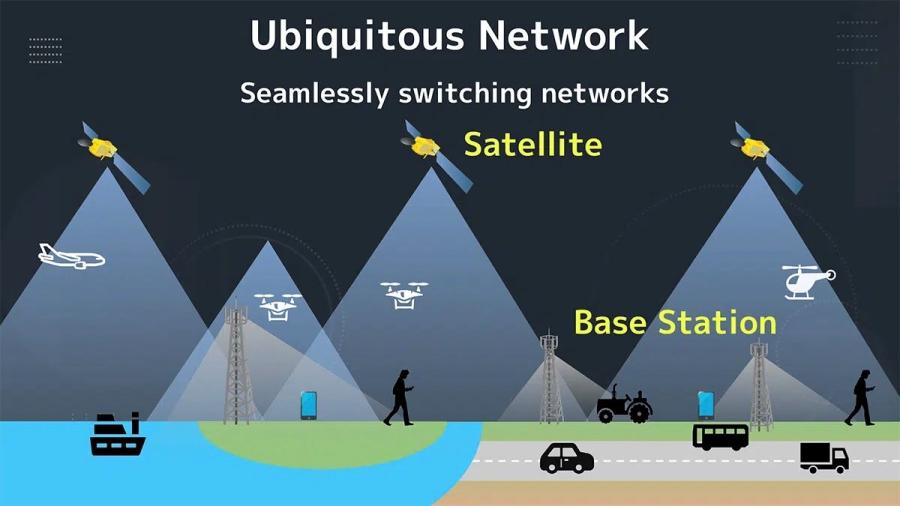
- The two companies announce a bold plan to build “seamless 5G connections” between mobile and satellite networks to provide connectivity worldwide
- Development of new 3GPP 5G standards for non-terrestrial networks lays the foundation for the “ubiquitous network”
- SoftBank and Intelsat are to “jointly lead” the R&D on design, development, field testing and commercialisation of new hybrid network products
Japan’s SoftBank and US-headquartered Intelsat have signed a “landmark collaboration” to build a single “ubiquitous network”. The highly ambitious plan is to develop “seamless 5G connections” between terrestrial mobile networks and satellites so people (and things) can stay connected “anywhere in the world” with one device and one account.
Intelsat CTO Bruno Fromont lauded the “pioneering vision” shared by both companies, but he also flagged development of new 3GPP 5G standards for non-terrestrial networks (NTNs) as a key enabler in laying the foundations for “ubiquitous” connectivity.
“Until now, the challenge was aligning standards that allowed the two different networks to connect,” said Fromont. “With recent progress on 5G-based standardisation of non-terrestrial networks, led by Intelsat at 3GPP, and this strategic collaboration with SoftBank, we are ideally positioned to accelerate the design and practical implementation of commercial hybrid services that will allow devices to freely roam between satellite and terrestrial networks.”
Fromont’s counterpart at SoftBank, Hideyuki Tsukuda, said much the same in his prepared remarks but pointedly framed satellite comms as an “extension” of earth-bound mobile networks for the planned hybrid network, rather than giving it equal billing with terrestrial mobile.
Details were sparse in the official announcement, other than that SoftBank and Intelsat will “jointly lead” R&D and that the design, development, field testing and commercialisation of new hybrid network products will be conducted in “phases”. These phases, explained the duo, will be aligned with the development of new 3GPP 5G NTN standards.
Both companies expect the “targeted solution” to have “wide commercial applicability” across various sectors, including land mobile, maritime, and disaster response and recovery.









